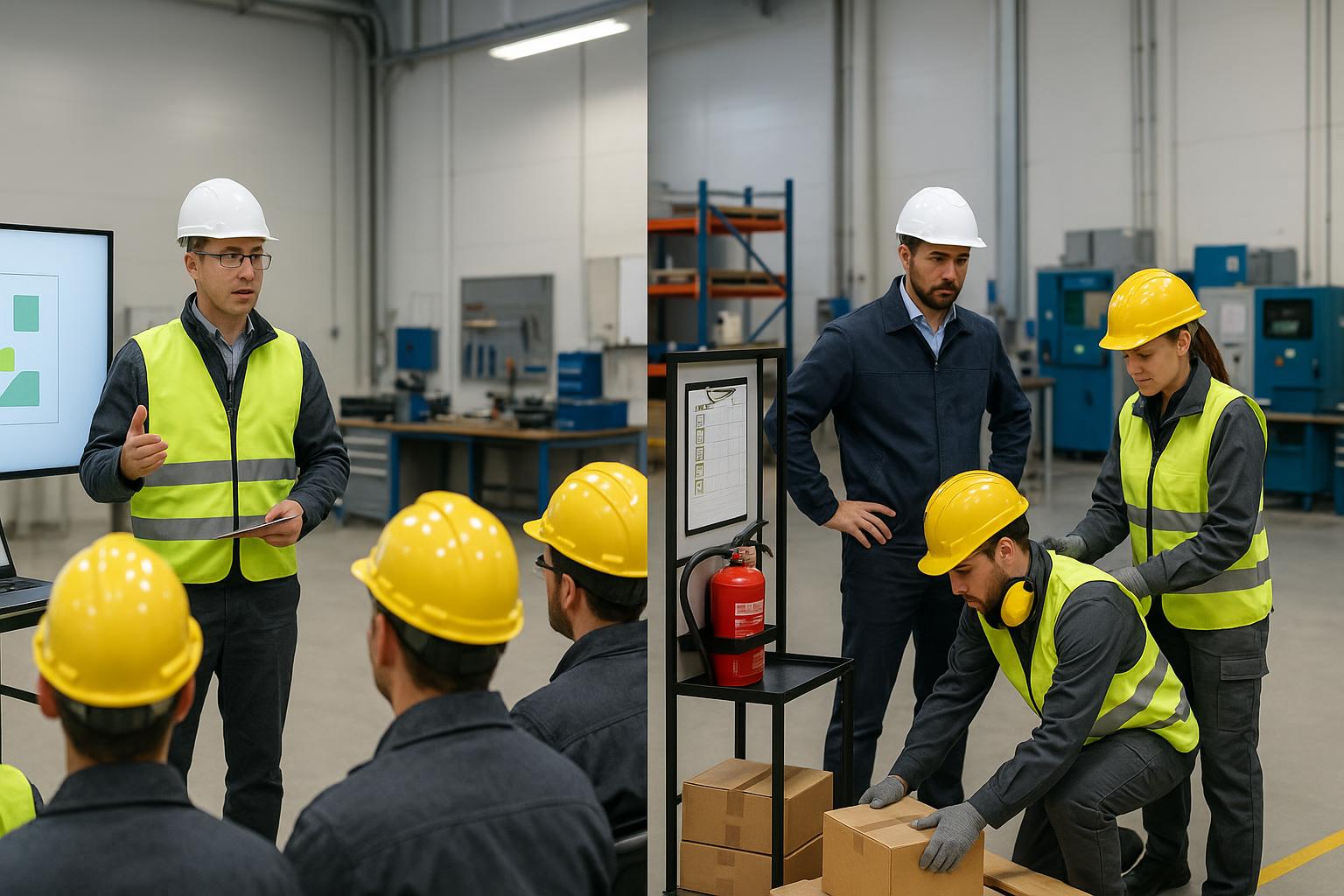Through the course of your job duties, you may come into contact with dangerous chemicals. We are dedicated to ensuring your safety, so we have a Hazard Communication Program in place. The goal of this program is to make you aware of chemicals you may work with or be exposed to on the job and to help you understand the potential hazards of those chemicals. This education, which is required by the Occupational Safety & Health Act (OSHA), is also called Workers’ Right To Know.
Safety Data Sheets
The cornerstone of a Hazard Communication Program is the Safety Data Sheet (SDS). This sheet tells you everything you need to know about a specific chemical, including the following:
- The health hazards associated with the chemical
- How flammable the product is, and at what temperature it may ignite
- The reactivity of the chemical with water or other agents and how likely it is to explode
- What personal protective equipment (PPE) is needed to work with the chemical
With information broken down into 16 different categories, the SDS form can be lengthy, which is why we also provide SDS Information Review Forms for the chemicals you may encounter on the manufacturing floor. Though you should also know where the complete SDSs are and should refer to them when specific details are needed, the Information Review Form is an easy-access, user-friendly version of a chemical’s essential information.
Other important aspects of the Hazard Communication Program include the following:
- Accurate labeling of containers that contain chemicals, including warning labels when applicable.
- Ensuring that labels are not removed.
- Employee training in accordance with your job duties relating to chemicals.
Important Questions to Ask
Through our Hazard Communication Program, every employee should learn the following information:
- What chemicals might I handle or be exposed to in the workplace?
- Where are the SDSs kept for the chemicals I am exposed to?
- What kinds of hazards do I face when I use, or misuse, a particular chemical?
- Do I understand the emergency procedures to follow in the event of a spill?
Though it is our goal to teach you the information you need, it is your responsibility to learn it and ask questions if necessary. You should follow all safety procedures when working around chemicals, keep in mind potential hazards and always wear appropriate PPE. You are also entitled to obtain a written copy of our Hazard Communication Program—simply ask your supervisor.
Achieving Safety Together
It may seem overwhelming to learn about all the chemicals you may handle or be exposed to, but it is important knowledge that all workers should have. Always be sure to ask questions or reference the appropriate SDS if you forget or have yet to learn about a certain chemical. Failing to do so could result in an extremely hazardous situation for you, your co-workers, and our workplace.



